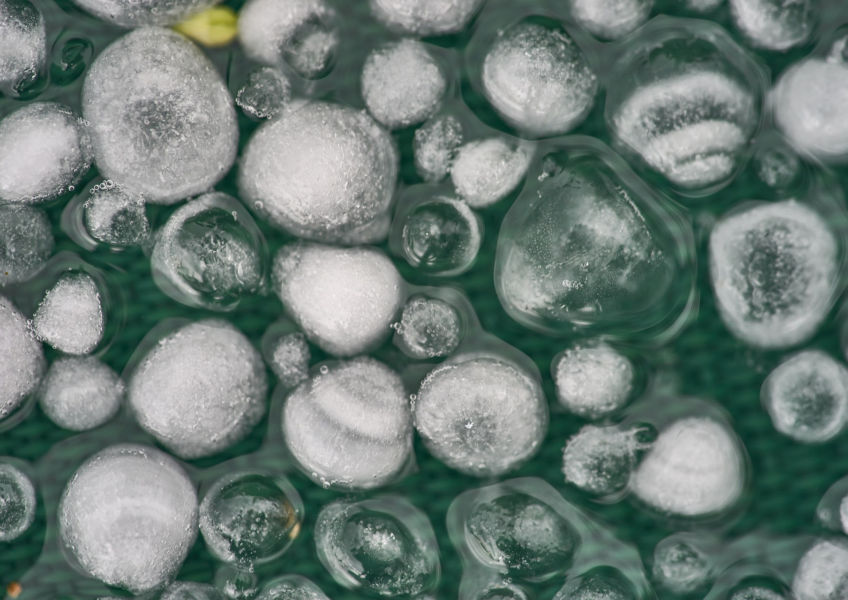Why It Hails in Summer and Ways to Protect Your Home
Hail can cause great damage to you, your home, and your cars. It’s no surprise because, at the end of the day, hail really is just small chunks of ice raining down from above.
And, there are two questions that have boggled the minds of millions: why the heck does it hail in the summer, and why mostly in the hot summer? In this post, we’ll be covering why it hails in the summer, and the ways to protect yourself in the event that a hail storm heads your way.
Why it Hails in the Summer
Hail is solid precipitation that is somewhere between rain and snow. It’s described by the National Server Storms Laboratory (NSSL) as precipitation consisting of solid ice that forms inside thunderstorm updrafts.
So, all the magic happens in the upper regions of thunder clouds, aka cumulous clouds. Inside these clouds, the temperature is below the freezing temperature at all times of the year – even in July! Why does it hail?
During thunderstorms, raindrops are pulled into the clouds because of strong updrafts. These raindrops freeze inside the upper region of the thunderclouds. As more water droplets collide and stick to one another, these globs of ice get bigger and bigger. These are known as hailstones. Once a thunderstorm’s updraft can no longer support the weight of the hailstones, they start descending downwards towards us.
Hailstorms can occur anywhere in the United States, but especially in the central and southern plains states stretching from Texas to the Dakotas. This span of land is referred to as the “Hail Alley”. As for frequency, hailstorms are most common in the early summer.
How to Protect Your Home in the Case of a Hail Storm
It’s not surprising that hail – aka pellets of solid ice – can cause serious damage to your precious home. If a hailstorm is expected in the coming days or weeks, we strongly recommend taking these steps to prepare:
- Install shutters to your windows, skylights, and even sliding glass doors
- Bring indoor furniture inside
- Trim greenery close to your home for potential fly-away branches
- Get your roof inspected for damages
- Ensure routine care of your roof

